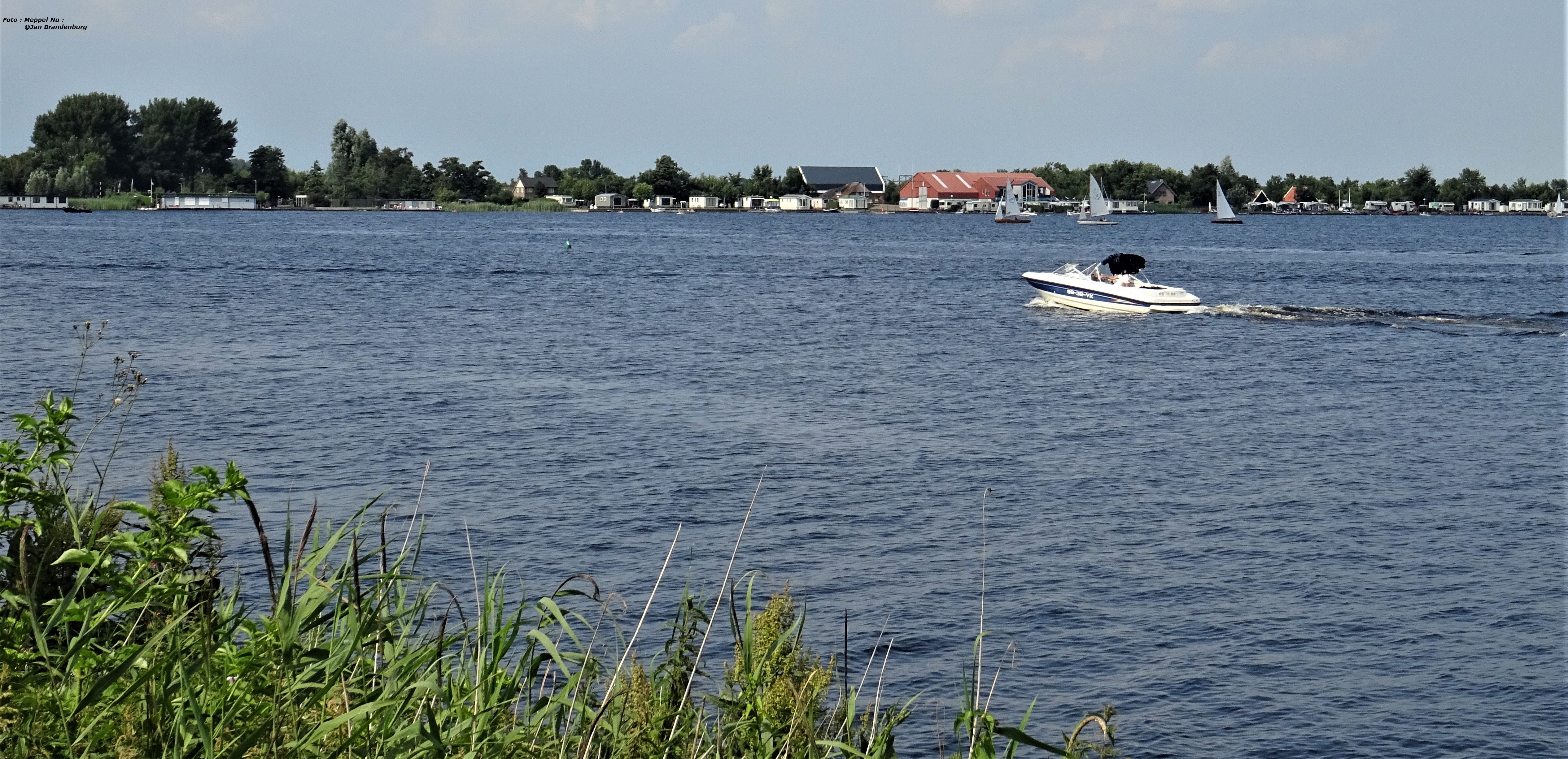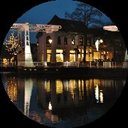
Council Where It Stands, 7-8-2020
#ZOMERSEBLIK 😍 Wanneperveen is a typical example of a ribbon village. This is because it used to be located on a peat area, which was systematically mined from the Meppelerdiep. The village was originally further to the west, but because the land became too wet due to the exploitation, the village shifted east after the 15th century. A new church was also built back then. Due to the turfontginning and the sale of peat to Holland, Wanneperveen was relatively prosperous in the 16th and 17th centuries. At one point further turfontginning was not possible, and the population then began to live on agricultural activities and duck catching, which led to poverty in the 18th century.
At the end of the 18th century there was a punteryard in Wanneperveen. This yard of the Huisman family was located near the Chain Bridge near the Westeinde of the village. This bridge was over the passage from the Belterwijde to the Zuideindigerwijde, the main passage to Giethoorn. After the yard was located in Belt-Schutsloot for a while in the 19th century, the brothers Jan and Bartold returned to the Chain Bridge in the last quarter of the 19th century. The yard was then continued by Jan's son Peter. The yard, which was combined with a farm, built different types of vessels, for example Gieterse boties and punters. He built a lot for fishermen from the region who fished for the Zuiderzee. These sea pointers were more seaworthy than the Gieterse variant, among other things because of higher boeisels. The yard stopped in 1945.
- Comments (0)
- Recommended
- Milestones
Here are your recommended items...
Here are your milestones...




